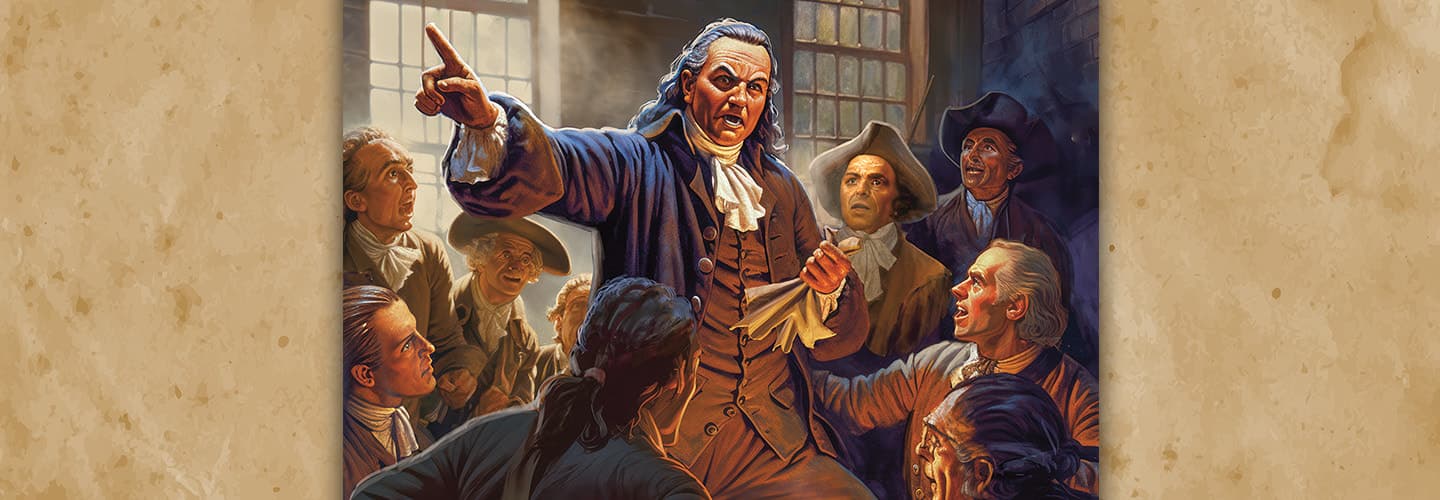On September 5, 1774, a group of men gathered in secret in Philadelphia, Pennsylvania. This was no ordinary meeting—it was an important step toward America’s independence.
At the time, many people in the 13 Colonies were tired of being ruled by Great Britain. The American colonists had no say in how they were governed and were being forced to follow a series of harsh laws.
The 56 delegates had come to Philadelphia from across the Colonies to talk about how to unite against the British. Future presidents George Washington and John Adams were among the group. That secret meeting 250 years ago is known as the First Continental Congress.
“This is the beginning of the 13 Colonies becoming the 13 states,” says Brian Krisch of the National Constitution Center. “It was the beginning of a process.”

